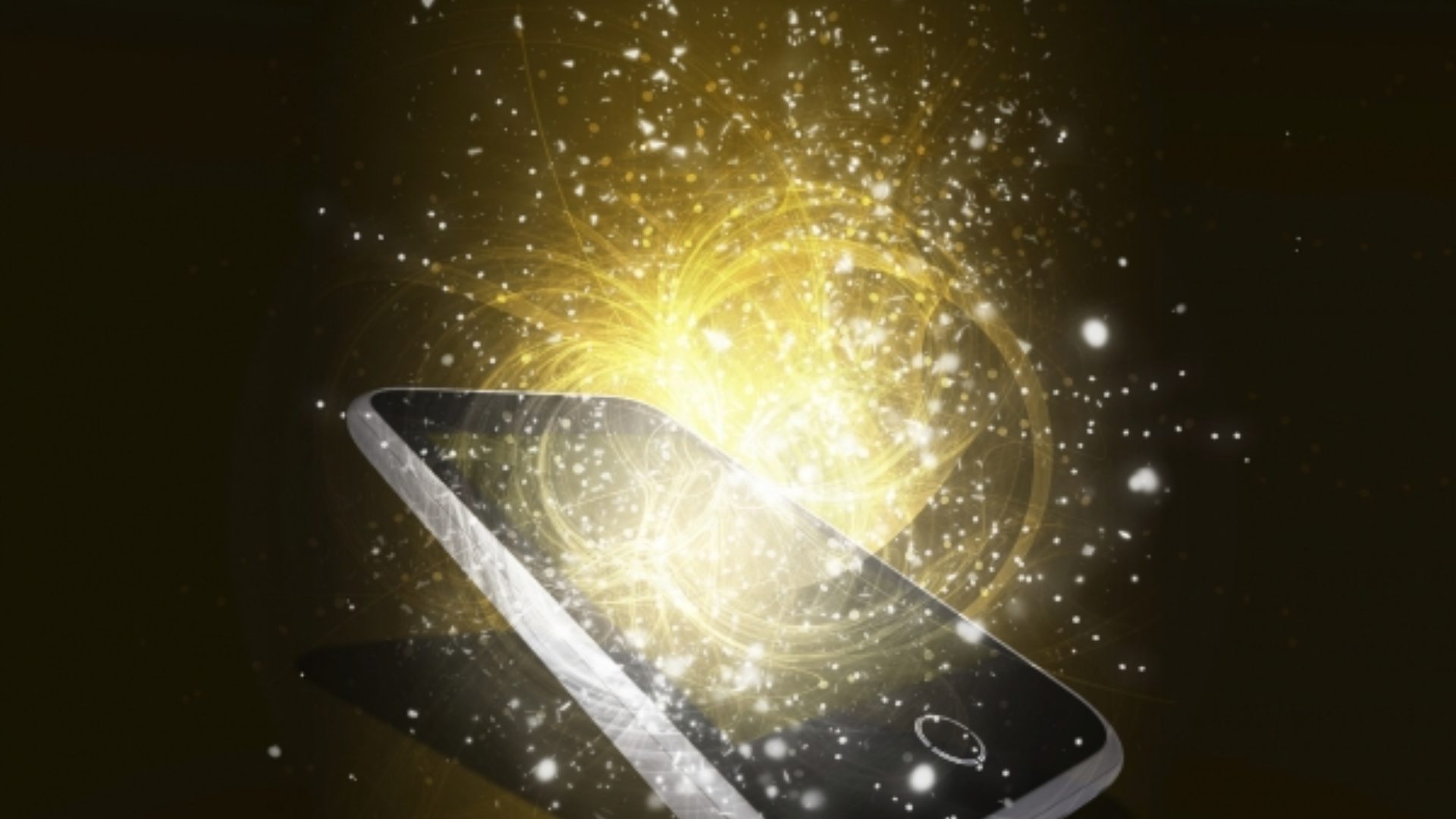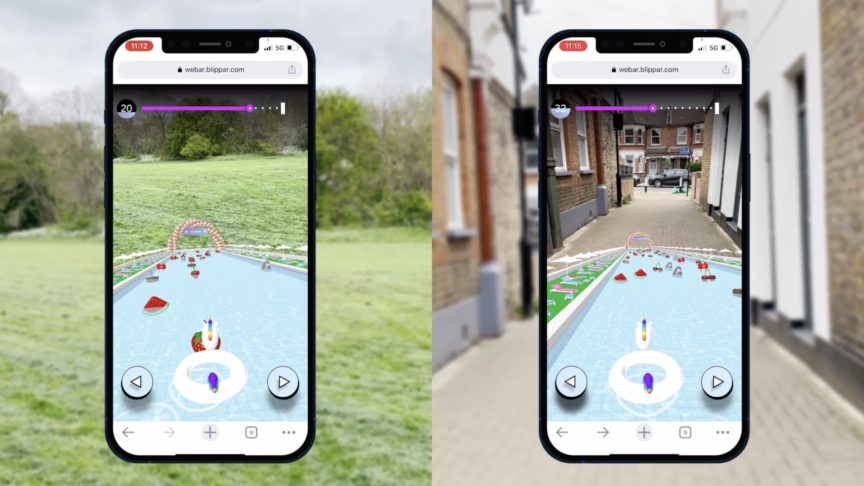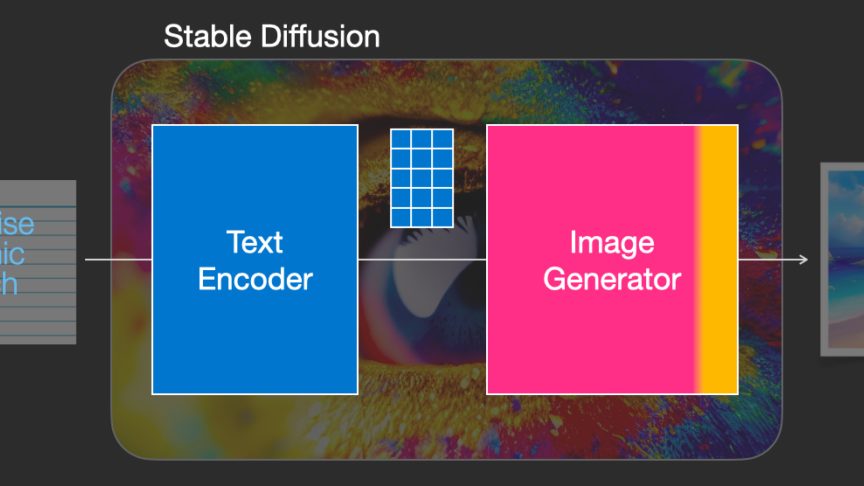Magic mobile: Five ways marketers should use new mobile technologies
December 16, 2014
Magic mobile: Five ways marketers should use new mobile technologies

Jonathan Barrowman is Blippar’s Commercial Director EMEA, joining the company from Yahoo, and Mindshare prior to that. Having attended a multitude of marketing conferences, Jonathan is well-placed to discuss how new mobile technologies should be used by innovative marketing teams to help customers engage more fully with their brands.
Here he picks his top five.
Technology is changing, and the pace of change has barely begun. Attending a number of recent advertising and marketing conferences - including AdTech, IAB Engage and MMA – I’ve noticed one key thread running through each: how rapidly mobile is transforming all industries. One speaker even likened mobile to the internet in 1998; an exciting environment on the cusp of a revolution, and one in which Google, Facebook, iPhones and iPads hadn’t even been invented yet!
There is so much more to come from mobile, and various Blippar teams - from tech to design to data - are spending lots of time thinking about this. But what should marketing departments be considering when it comes to using mobile technology to solve business challenges?
Here are five simple ideas for starters….
1. Mobile is an (untapped) transformational technology
Mobile phones are the customer’s first screen, not a second or dual screen option. People are obsessed with their phones and we've all seen the stats on how much we use them throughout the day. Despite this, mobile is too often just an 'add on' towards the end of the planning process. Contemporary marketers are now starting their brand strategies with mobile and following it all the way through to customer relationship management.

2. Mobile turns marketing distribution into digital channels
Mobile has the unique ability to engage people at the point of consumption. In the FMCG sector this represents billions of 'free' consumer touch points: cereal boxes that can become computer games, drinks cans that turn into Spotify playlists, shampoo bottles that double as social currency. Within the retail sector, mobile actually reverses the trend for 'clicks killing bricks' by bringing digital experiences into the store. Whichever sector we elook at, Blippar delivers an average of three times as many visits or interactions than a brand’s website.

3. Mobile magnifies other media channels
Multimillion-dollar media budgets stretch much further when mobile extends a 30-second TV advertisement into a rich, 75-second interactive experience, or a glanced-at print ad into an immersive, 90-second interaction. We've run the numbers here at Blippar, and by making your media investment work harder via mobile integration, media can feel three times larger than the investment made.

4. Mobile can measure and actually improve ROI
Turning print, outdoor, in-store, packaging and other physical distribution points interactive transforms everything into a response channel, enabling you to track who is looking and interacting with what, where, when, for how long and how often. Previously ‘flat’ assets have become real world data points, offering brands never-before-seen insight into consumer behavior, which can shape future campaign strategies.

5. 'Pull' experiences trump 'push' advertising
The argument about adverts on small screens is obsolete when you consider the value mobile delivers to people on an overwhelmingly personal level. When people choose the adverts with which they wish to interact by ‘pulling’ them onto their phones instead of having them ‘pushed’ in their faces, messaging is richer and more profound. Personal mobile devices demand this pull mechanism. Personalised recommendations online tend to offer more of the same stuff. In the real world, facilitated by mobile, you discover new stuff based entirely on your own personal context.



